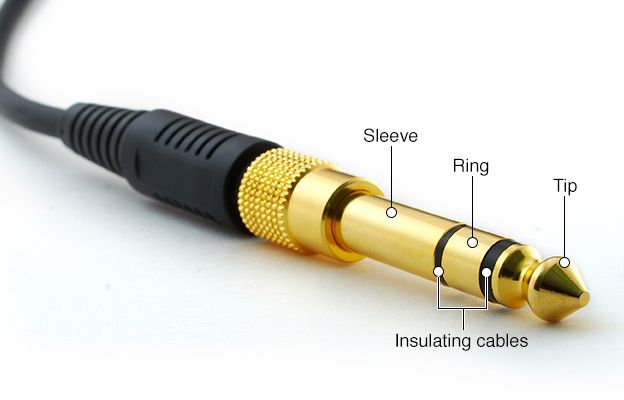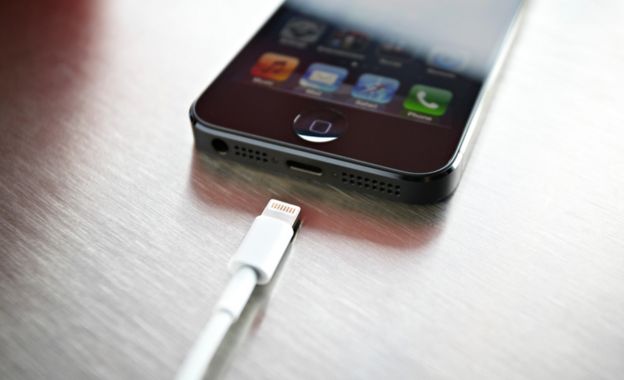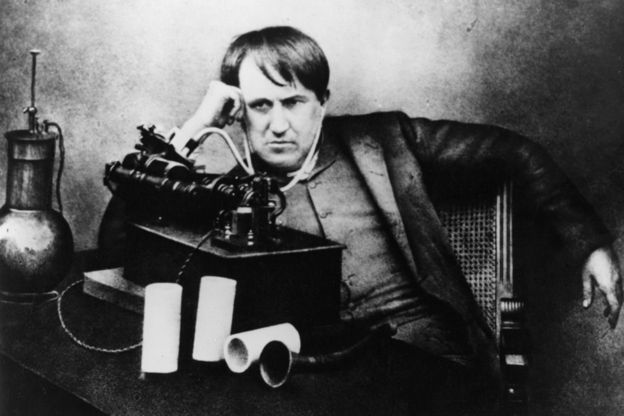January 28, 2016
Workplace adjustments for employees with a hearing impairment
For employees with a hearing impairment, the presence of sound in the workplace can be a daily challenge and a source of frustration. Robin Christopherson looks at how employers can manage potential problems.
Wherever you work, and whatever your role, there is a strong chance that you are routinely bombarded by noise from a variety of different sources. Telephones ringing, printers whirring, music playing on the shop floor or the constant hum of colleagues talking in a open-plan office, the world of work is full of sound.
According to the Health and Safety Executive, around 17,000 employees in the UK experience deafness, ringing in the ears or other ear conditions caused by excessive noise at work.
Action on Hearing Loss estimates that at least 800,000 people in the UK are severely or profoundly deaf, but this is a small proportion of the 10 million people with some form of hearing loss, of which it estimates that 3.7 million are of working age. There are no exact figures on the numbers of people who use British Sign Language (BSL) to communicate, but the estimate is around 50,000.
An employeeâs hearing can be impaired in many ways; there is a whole spectrum of
hearing ability and there are lots of different causes of hearing loss, as well as a variety of possible implications in the workplace.
Types of hearing impairment include:
- age-related;
- temporary or permanent;
- progressive; and
- environmental factors.
Impacts of a hearing impairment
As hearing is not something we can âseeâ, it can be difficult to determine whether or not a colleagueâs hearing is impaired. This can make it difficult for line managers to know who to help, and when.
In meetings, presentations, networking events or interviews, a hearing impairment could have an impact on an employeeâs ability to do their job, if they are not properly supported or if the working environment is not inclusive of their needs.
There can also often be an emotional response to hearing loss, which impacts on the social and wellbeing of the employee. If you are unable to hear what colleagues are saying clearly, you might miss out on vital information needed for your role, or you might miss the latest bit of office banter, which makes you feel isolated and excluded, having a negative impact on morale.
Reasonable adjustments
Employees with a hearing impairment are protected under the Equality Act 2010 and employers are required to remove the barriers that deaf and other disabled people experience in the workplace. There are a number of different ways to ensure that an organisation is accommodating the needs of deaf or hearing-impaired employees.
Benefits of technology
We are all using technology in the workplace, without really thinking about it, as part of our day-to-day communications. How much of the information you share with colleagues or clients is via the phone, email, your intranet, website, a PowerPoint presentation or a short video? The answer is, of course, nearly all of it.
Technology can work as an enabler as well as a disabler. A message from your organisationâs CEO via video on your corporate intranet can be a really powerful way to communicate with your workforce, but if that video does not have subtitles or captions, you are excluding a proportion of your staff, not limited to those with a hearing impairment but also people whose first language is not English.
A variety of technologies can be used in the workplace to support employees with a hearing impairment. There are some specialist programs available that are specifically designed to support people with hearing loss, but many of the mainstream programs and equipment that your organisation already uses could also be adapted at little to no cost. They include:
- text messaging, and email;
- amplified sound alerts built into PCs;
- a flashing screen on a mobile device when a sound alert is triggered;
- bluetooth to connect to hearing aids;
- captions for videos;
- BSL on-demand services;
- video calling for signing or lip-reading;
- palentypists and stenographers; and
- voice recognition speech-to-text software.
Sometimes the most effective adjustments are made by simply utilising existing resources in a different way. For example, if important company announcements are often given over a tannoy or PA system, which would be difficult or impossible for someone with a hearing impairment to hear, you could also issue the same message via email or text message.

There are also times when specialist adjustments, such as using a palentypist or BSL interpreter, need to be arranged. It is important that the individual employee gets the adjustment that they require, when they require it â because no two people with a hearing impairment are the same.
This article highlights the many advancements that have been made in the field of hearing protection at work, and ten years after the Control of Noise at Work Regulations 2005 came into force we should have completely eradicated high levels of noise or the need to control it into the workplace, the original of this article can be found here.






